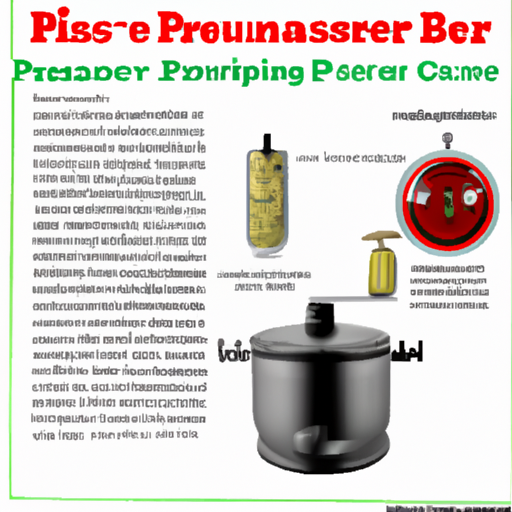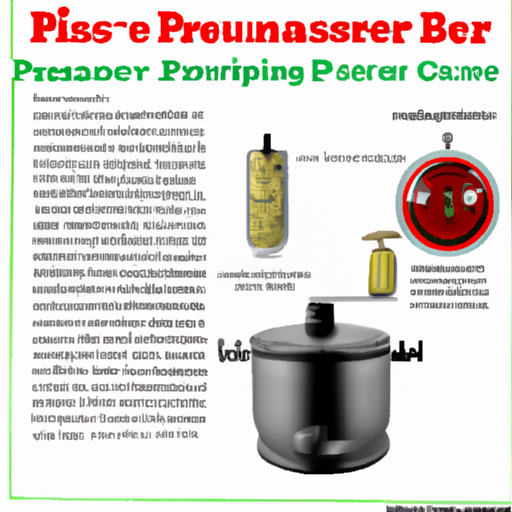Have you ever wondered about the inner workings of a pressure canner? This article explores the fascinating process behind how a pressure canner operates, shedding light on the science and mechanics involved. By creating a controlled environment of high pressure and temperature, a pressure canner effectively preserves food by killing bacteria and sealing in freshness. Whether you’re a food preservation enthusiast or simply curious about the science behind this essential kitchen tool, read on to uncover the secrets behind how a pressure canner works.
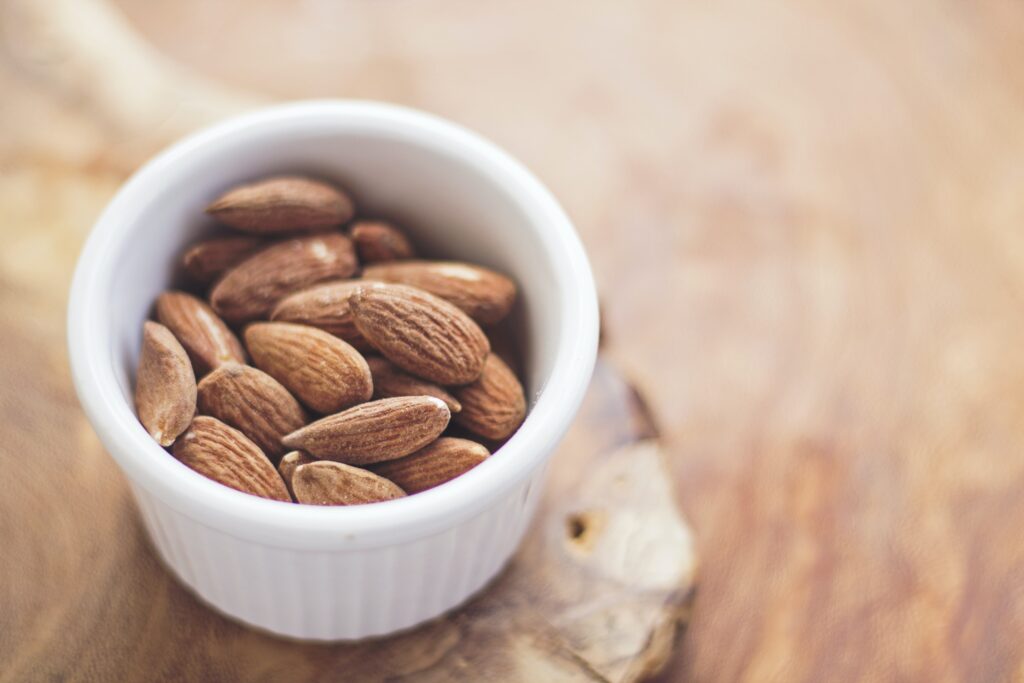
What is a Pressure Canner?
A pressure canner is a specialized kitchen appliance that is designed to safely preserve food by using heat and pressure. It is commonly used in home canning to sterilize jars of food and preserve them for long periods of time. Pressure canners are essential for canning low-acid foods, such as vegetables, meat, poultry, and seafood, as they require higher temperatures for proper preservation and to prevent the growth of harmful bacteria.
Definition
A pressure canner is a large, metal pot with a tight-fitting lid that is equipped with a pressure gauge, vent pipe, rubber gasket, and a locking mechanism. It relies on the principle of increasing atmospheric pressure and temperature to sterilize and preserve food. By creating a sealed and pressurized environment, a pressure canner ensures that all bacteria, viruses, and other pathogens are eliminated, allowing for safe and long-term storage of canned goods.
Types of Pressure Canners
There are two main types of pressure canners:
- Dial Gauge Pressure Canners – These canners have a dial gauge that indicates the pressure inside the canner during the canning process. They are more accurate but require periodic calibration to ensure proper pressure readings.
- Weighted Gauge Pressure Canners – These canners have a weighted gauge that controls the pressure automatically. They are simpler to use and do not require calibration but may not provide as precise pressure control as dial gauge canners.
The Basic Principles of Pressure Canning
To understand how a pressure canner works, it is important to grasp the basic principles of pressure canning.
Heat and Pressure
The primary function of a pressure canner is to combine heat and pressure to reach and maintain temperatures above the boiling point of water (212°F/100°C). As the temperature rises, the increased pressure inside the canner kills off any microorganisms that could cause spoilage and foodborne illnesses. The higher the pressure, the higher the temperature, and the more effective the sterilization process.
Sterilization
Sterilization is a crucial step in pressure canning, as it eliminates any microorganisms that might be present in the food or jars. The combination of high temperature and pressure ensures that all bacteria, yeasts, molds, and enzymes are destroyed, preventing the growth of spoilage organisms.
Moisture and Preservation
Another important aspect of pressure canning is the preservation of food through moisture control. By sealing the jars tightly and maintaining a specific pressure, moisture is not allowed to escape. This helps to retain the natural flavors, textures, and nutritional content of the food. The preserved food can be safely stored for an extended period without the need for refrigeration.
Components of a Pressure Canner
Understanding the different components of a pressure canner is essential for using it effectively and safely.
Pressure Cooker
The pressure cooker is the main body of the canner, typically made of durable stainless steel or aluminum. It is designed to withstand high pressures and temperatures. The size of the pressure cooker determines the number of jars it can hold during the canning process.
Pressure Gauge
The pressure gauge is an integral part of a dial gauge pressure canner. It indicates the pressure inside the canner during the canning process. The gauge is usually labeled in pounds per square inch (psi) and helps ensure that the pressure remains within a safe and effective range.
Vent Pipe
The vent pipe is a narrow, vertical tube attached to the pressure cooker lid. Its purpose is to provide a pathway for excess steam and pressure to escape during the preheating and venting stages of the canning process. Once the proper pressure is reached, the vent pipe is closed, and pressure builds up inside the canner.
Rubber Gasket
The rubber gasket, also known as a sealing ring or sealing gasket, is a flexible ring that creates an airtight seal between the lid and the pressure cooker. It prevents steam from escaping and maintains the pressure within the canner. The rubber gasket should be checked regularly for signs of wear and tear and replaced if necessary.
Locking Mechanism
The locking mechanism secures the lid tightly to the pressure cooker, ensuring that it remains in place during the canning process. It typically consists of a locking handle or lever that engages with the pressure cooker body. The locking mechanism prevents the lid from being opened until the pressure has been completely released.
Step-by-Step Process of Pressure Canning
Now that you understand the basic principles and components of a pressure canner, let’s walk through the step-by-step process of pressure canning.
Preparing the Jars and Food
First, ensure that all the jars and lids you will be using are clean, sterilized, and in good condition. Wash them in hot, soapy water, rinse thoroughly, and place them in a pot of boiling water for 10 minutes to sterilize. Keep them warm until ready to use. Prepare the food by washing, peeling, cutting, and blanching, if necessary.
Loading the Pressure Canner
Place the jar rack or a heatproof rack at the bottom of the pressure cooker. Arrange the filled jars on the rack, ensuring they are not touching each other or the sides of the canner. Add water to the canner according to the manufacturer’s instructions. The water should be hot or warm but not boiling. Proper water levels are crucial for the canner to generate steam and build pressure.
Sealing and Pressurizing
Attach the lid securely to the pressure cooker, making sure the rubber gasket is in good condition and properly positioned. Lock the lid into place using the locking mechanism. Once the lid is locked, turn the heat on high and allow the canner to heat up until steam starts to escape from the vent pipe consistently. This is known as venting the canner.
Processing Time
After the canner has vented for the specified period, place the pressure regulator (weighted gauge or dial gauge) on the vent pipe according to the canning recipe. Let the pressure build up to the desired level as indicated by the pressure gauge. Once the desired pressure is reached, start the timer and maintain a steady pressure throughout the recommended processing time.
Depressurizing and Cooling
Once the processing time is complete, turn off the heat and carefully remove the pressure regulator from the vent pipe. Allow the pressure inside the canner to decrease naturally. Do not force-cool or try to open the canner before the pressure has completely dropped. Once the pressure has normalized, unlock and remove the lid, allowing the jars to cool for 24 hours before checking the seals and storing them.
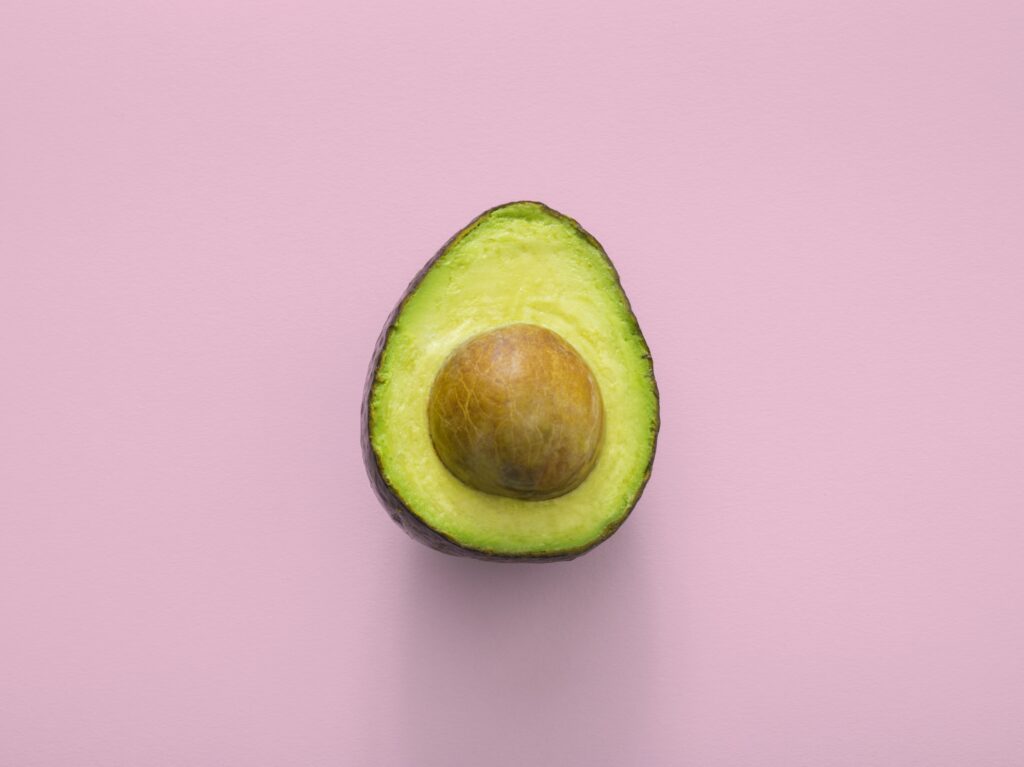
Benefits of Pressure Canning
Pressure canning offers several benefits, making it a popular preservation method for home canners.
Food Safety and Preservation
The high temperatures and pressures achieved in pressure canning effectively destroy harmful bacteria, ensuring the safety of the preserved food. Pressure canning also extends the shelf life of canned goods significantly, allowing you to enjoy fresh-tasting and nutritious food even during non-harvest seasons.
Time and Energy Efficiency
Pressure canning is a relatively quick method of preserving food compared to other preservation techniques like water bath canning. The higher temperatures reached in pressure canning also help to reduce processing times, saving you time and energy. Additionally, pressure canned foods do not require refrigeration, helping you save on energy costs.
Factors to Consider when Using a Pressure Canner
While pressure canning is a straightforward process, there are a few factors you should consider to ensure successful canning.
Proper Ventilation
Proper ventilation is crucial during the preheating and venting stages of pressure canning. It allows air to escape from the canner, preventing pockets of air that can interfere with temperature and pressure regulation. Ensure the vent pipe is clean and unobstructed before starting the canning process.
Altitude Adjustment
Altitude affects the boiling point of water and, consequently, the pressure required for safe pressure canning. You may need to make adjustments to the processing time and pressure indicated in canning recipes if you are canning at higher altitudes. Refer to altitude adjustment tables or consult reliable canning resources for specific guidelines.
Maintaining Pressure and Temperature
Maintaining a consistent pressure and temperature throughout the processing time is essential for successful pressure canning. Monitor the pressure gauge or weighted gauge closely and adjust the heat source accordingly to maintain the desired pressure. Sudden drops or fluctuations in pressure can affect the safety and quality of the canned food.
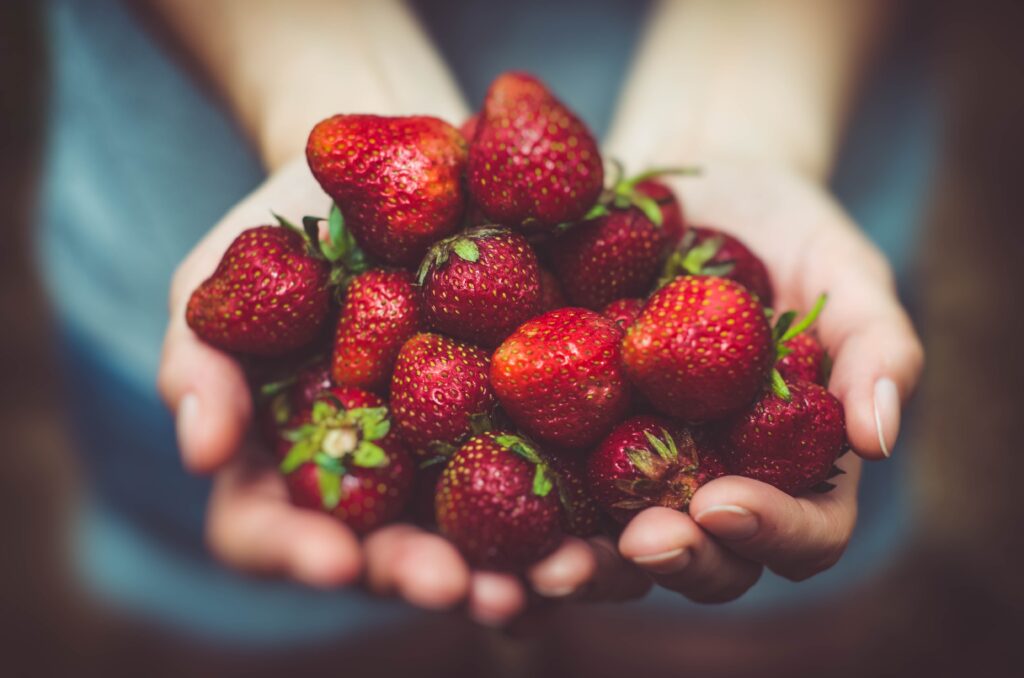
Safety Precautions and Best Practices
When using a pressure canner, it is important to prioritize safety to prevent accidents and ensure optimal results.
Reading the User Manual
Before using a pressure canner, thoroughly read and understand the manufacturer’s instructions and user manual. Familiarize yourself with the specific features and operation of your canner. Each pressure canner can have slight variations, and following the manufacturer’s guidelines will help you use it correctly and safely.
Checking for Damage
Inspect the pressure canner for any signs of damage, such as cracks, dents, or worn-out parts, before each use. Any damaged components can compromise the canner’s ability to seal, control pressure, and ensure your safety. Do not use a canner with compromised integrity and promptly replace any damaged parts.
Avoiding Overfilling
Overfilling the jars can lead to issues during processing, such as improper sealing and pressure regulation. Follow the recommended headspace guidelines specified in the canning recipe. Headspace refers to the space between the top of the food and the rim of the jar, allowing for expansion during processing and proper sealing.
Proper Venting and Pressure Release
Always vent the canner properly before allowing the pressure to build up. Failure to vent the canner adequately can result in insufficient heat penetration and ineffective sterilization. Additionally, once the processing time is complete, allow the pressure inside the canner to decrease naturally. Do not force-cool or attempt to remove the lid until the pressure has completely dropped.
Handling Hot Jars and Canner
Use caution when handling hot jars and the pressure canner. Use appropriate tools, such as canning jar tongs or a jar lifter, to prevent burns or injuries. Never attempt to open the canner or remove the jars while they are still hot.
Troubleshooting Common Issues
Sometimes, issues can arise during the pressure canning process. Here are some common problems and possible solutions:
Jars Not Sealing
If jars do not seal properly after processing, check for any signs of damage to the lids or jars. Make sure the sealing surfaces are clean and free from food debris. Proper headspace is also important, so ensure you leave the recommended amount of space in each jar. If the issue persists, the problem may be with the canner’s sealing mechanism or the rubber gasket, which may need replacement.
Pressure Fluctuations
Fluctuations in pressure can occur due to various reasons, such as inadequate heat supply or poor venting. Check that the heat source is sufficient and consistent, and ensure the vent pipe is unobstructed. Fluctuations can also result from incorrect dial gauge readings or excess pressure release through the weighted gauge. Regularly calibrate the dial gauge and ensure the weighted gauge is properly positioned and functioning.
Leaking Canner
A leaking pressure canner can lead to improper pressure buildup and compromised safety. Inspect the canner closely for any signs of leakage, such as steam escaping from areas other than the vent pipe. Ensure the lid is tightly secured and the rubber gasket is in good condition. A damaged gasket, warped lid, or faulty locking mechanism may cause leaks and should be addressed before using the canner.
Uneven Heat Distribution
Uneven heat distribution within the canner can result in inadequate processing and decreased food quality. Ensure that the heat source covers the entire base of the canner and adjust the burner size or heat intensity, if necessary. Stirring the contents of the canner occasionally during the processing time can also help distribute heat more evenly.
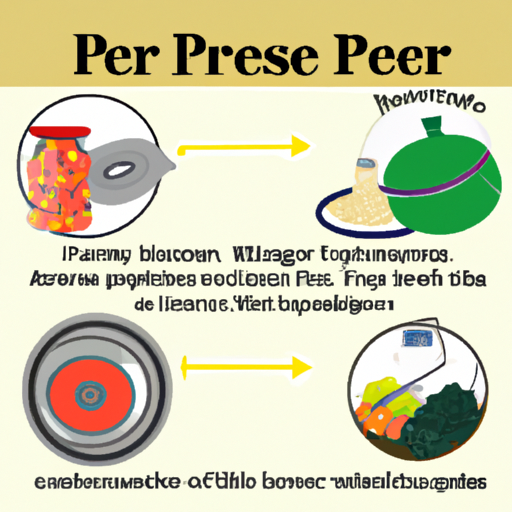
Cleaning and Maintenance of a Pressure Canner
Proper cleaning and maintenance of your pressure canner ensure its longevity and safe operation.
Cleaning After Each Use
After each use, clean the pressure canner thoroughly according to the manufacturer’s instructions. Remove the sealing gasket and wash it separately. Use hot, soapy water and a non-abrasive sponge or cloth to clean the interior and exterior of the canner. Pay special attention to the vent pipe, sealing surfaces, and locking mechanism. Rinse all components thoroughly and allow them to dry completely.
Inspecting and Replacing Parts
Regularly inspect all the components of your pressure canner for signs of wear, damage, or deterioration. Check the rubber gasket for cracks or brittleness and replace it if necessary. Ensure the pressure gauge or weighted gauge is functioning accurately. If you notice any issues with the canner’s performance or safety, consult the user manual or contact the manufacturer for guidance.
Storing Properly
When not in use, store your pressure canner in a cool, dry place. Remove the sealing gasket and keep it separate from the canner to prevent compression and deformation. Ensure that all parts are completely dry before storing to avoid the growth of mold or mildew. Following proper storage practices will maintain the integrity of the canner and extend its lifespan.
Conclusion
Pressure canning is a valuable skill for anyone interested in preserving food at home. By harnessing the power of heat and pressure, a pressure canner ensures the safe and long-term preservation of low-acid foods. Understanding the basic principles, components, and process of pressure canning, as well as adhering to safety precautions, will allow you to enjoy the benefits of homemade canned goods – delicious, nutritious, and shelf-stable treats that can be enjoyed year-round.
